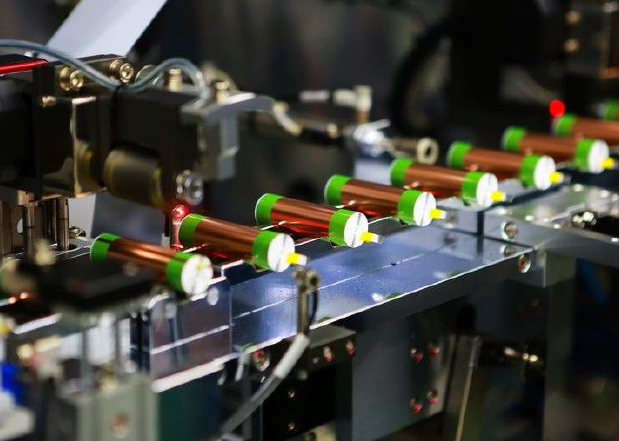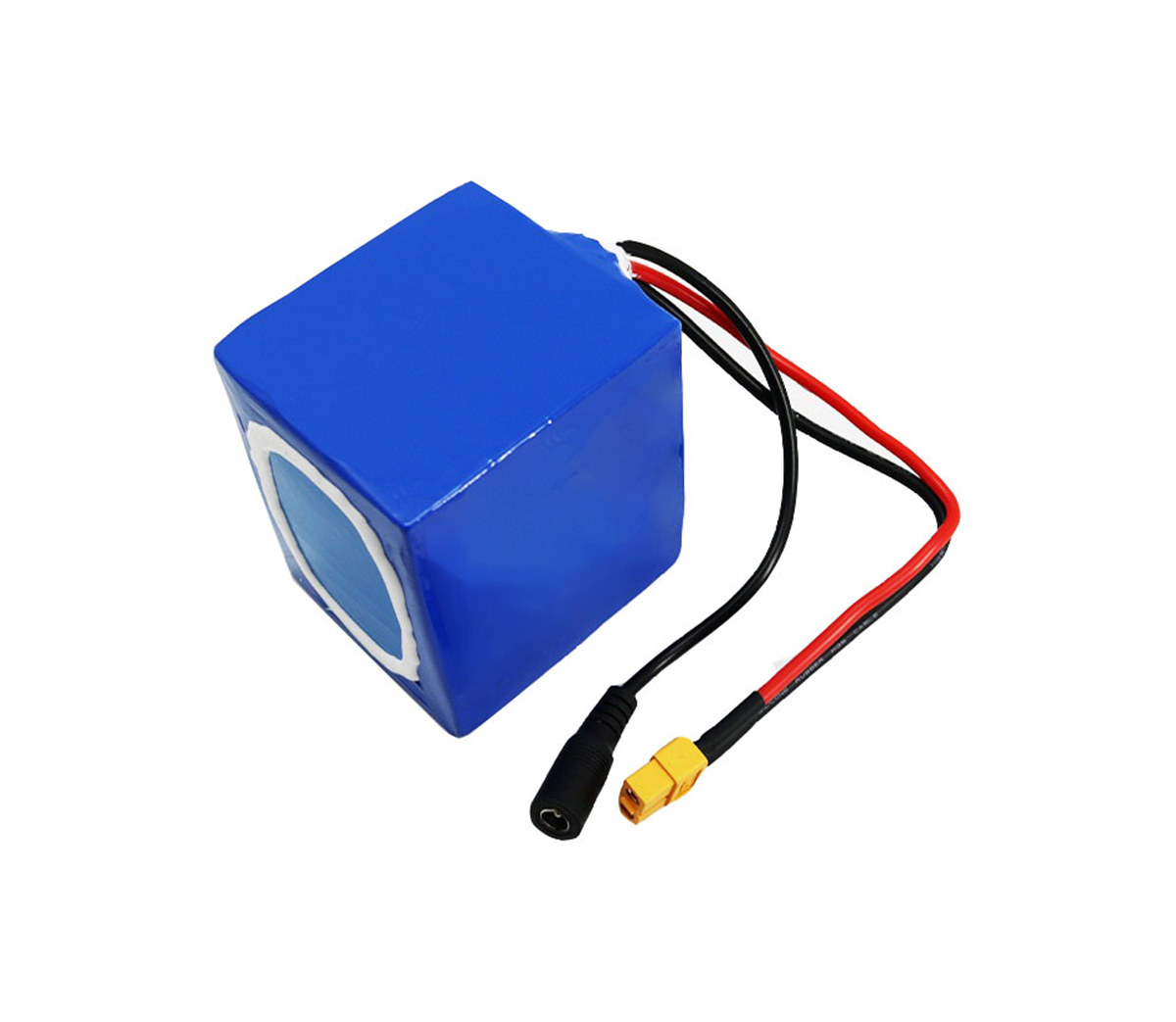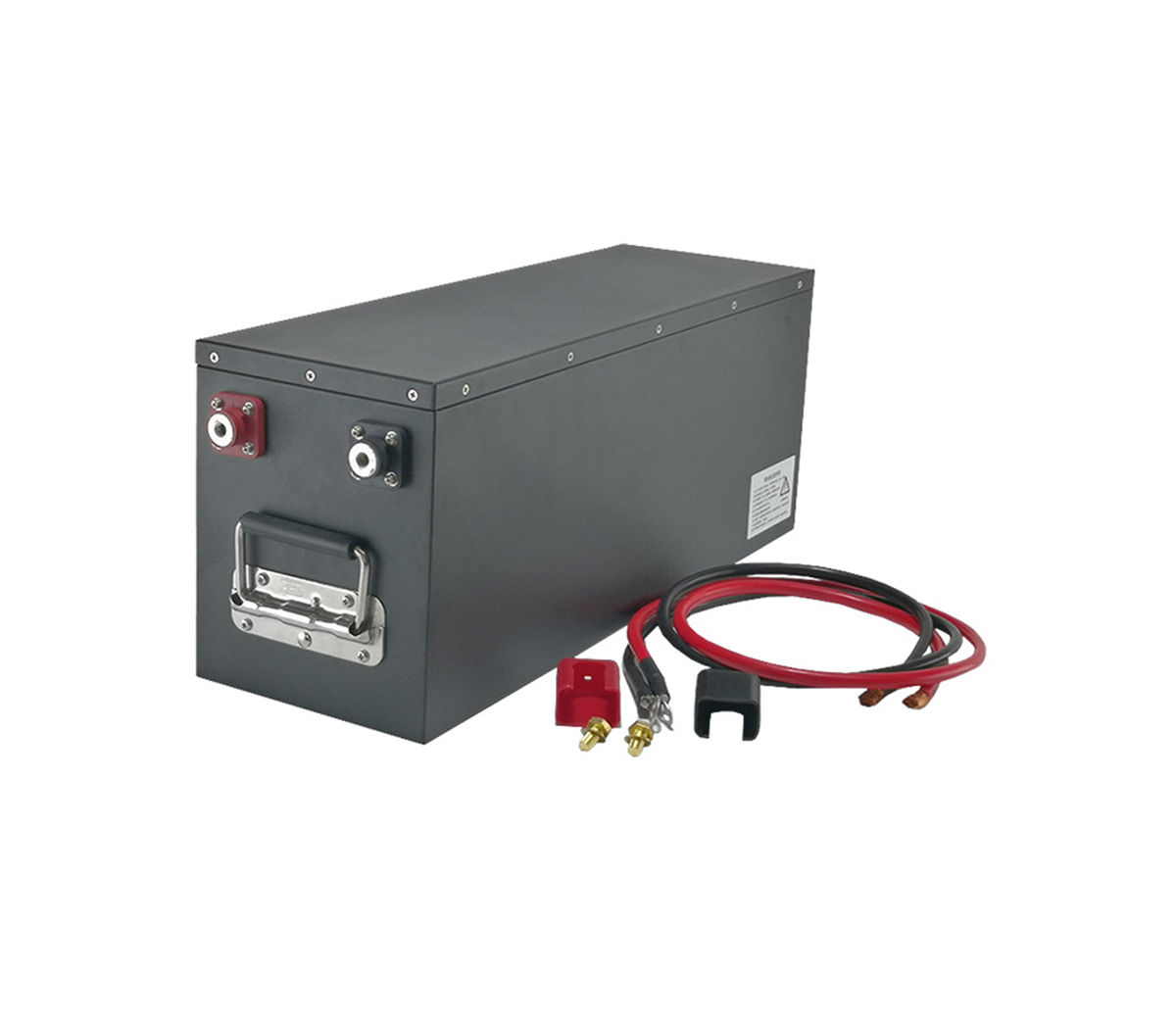Li-ion battery safety issues&technology
1. The dangers of lithium-ion batteries
a. High chemical activity
Lithium is an element of main group I of the second period of the periodic
table and has extremely active chemical properties.
b. High energy density
Lithium-ion batteries have a very high specific energy (≥140Wh/kg), which
is several times that of nickel-cadmium, nickel-hydrogen and other secondary
batteries. If a thermal runaway reaction occurs, it will release a high amount
of heat and easily lead to unsafe behavior.
c. Use organic electrolyte system
Organic solvents are hydrocarbons, have low decomposition voltage, are
prone to oxidation, and the solvent is flammable; if leakage occurs, it will
cause the battery to catch fire, or even burn or explode.
d. High probability of side reactions
During normal use of lithium-ion batteries, under certain conditions, such
as overcharging, overdischarging or overcurrent operation, it is easy to cause
chemical side reactions inside the battery, which will seriously affect the
performance and service life of the battery, and A large amount of gas may be
generated, causing the pressure inside the battery to rapidly increase and then
explode and fire, causing safety problems.
e. The structure of the electrode material is unstable
The overcharge reaction of lithium-ion batteries will change the structure
of the positive electrode material and cause the solvent in the electrolyte to
be strongly oxidized; and this effect is irreversible, and the heat generated by
the reaction may cause thermal runaway.

2. Analysis of the causes of safety problems of lithium-ion battery
products
After 30 years of industrial development, lithium-ion battery products have
made considerable progress in safety technology, effectively controlling the
occurrence of side reactions in the battery and ensuring the safety of the
battery. However, with the increasing use of lithium-ion batteries and higher
energy density, safety incidents have occurred frequently in recent years.
We conclude that the main reasons for the safety problems of lithium-ion
battery products are as follows:
a. Material issues
When selecting materials, the manufacturer did not conduct a certain
assessment of the raw materials, which caused the inherent deficiencies in the
safety of the batteries.
b. Production process issues
The raw materials are not strictly tested and the production environment is
poor, resulting in the mixing of impurities in the production, which not only
has a great disadvantage to the capacity of the battery, but also has a great
impact on the safety of the battery; in addition, if too much water is mixed in
the electrolyte, Side reactions may occur and increase the internal pressure of
the battery, which will affect safety.
c. Defects in battery cell design and reduced safety performance
In terms of structural design, there is no insulating tape in key parts, or
insufficient margin, unreasonable design of the length of the tab, etc., all of
which may bury hidden dangers to the safety of the battery.
d. The energy density is too high
At present, the market is pursuing higher-capacity battery products. In
order to increase product competitiveness, manufacturers continue to increase
the volumetric specific energy of lithium-ion batteries, which greatly increases
the risk of batteries.
Three, security technology
Although lithium-ion batteries have many hidden dangers, the use of certain
measures can effectively ensure their safety.
The following briefly introduces several commonly used safety technologies
for lithium-ion batteries.
a. Choose raw materials with higher safety factor
b. Strengthen the overall safety design of the battery cell
1) Using switching elements, when the temperature in the battery rises, its
resistance rises, and when the temperature is too high, it will automatically
stop power supply;
2) Set up a safety valve (that is, the vent on the top of the battery).
When the internal pressure of the battery rises to a certain value, the safety
valve will automatically open to ensure the safety of the battery.
c. Improve process level
Efforts to standardize and standardize the production process of batteries,
improve process methods, do a good job of process control, ensure process
quality, reduce differences between products, implement standardized quality
monitoring, eliminate defective parts, and eliminate defective products;
maintain the production site Tidy and clean, implement 5S management and 6-sigma
quality control to prevent impurities and moisture from being mixed in
production, and minimize the impact of accidents in production on safety.

Lithium-ion battery (LIB) has become the main energy storage solution in
modern social life. Among them, lithium iron phosphate batteries are a perfect
substitute for lead-acid batteries, and are the first choice for grid-connected
peak shaving, off-grid energy storage, photovoltaic energy storage, UPS, data
center and other industries.




































